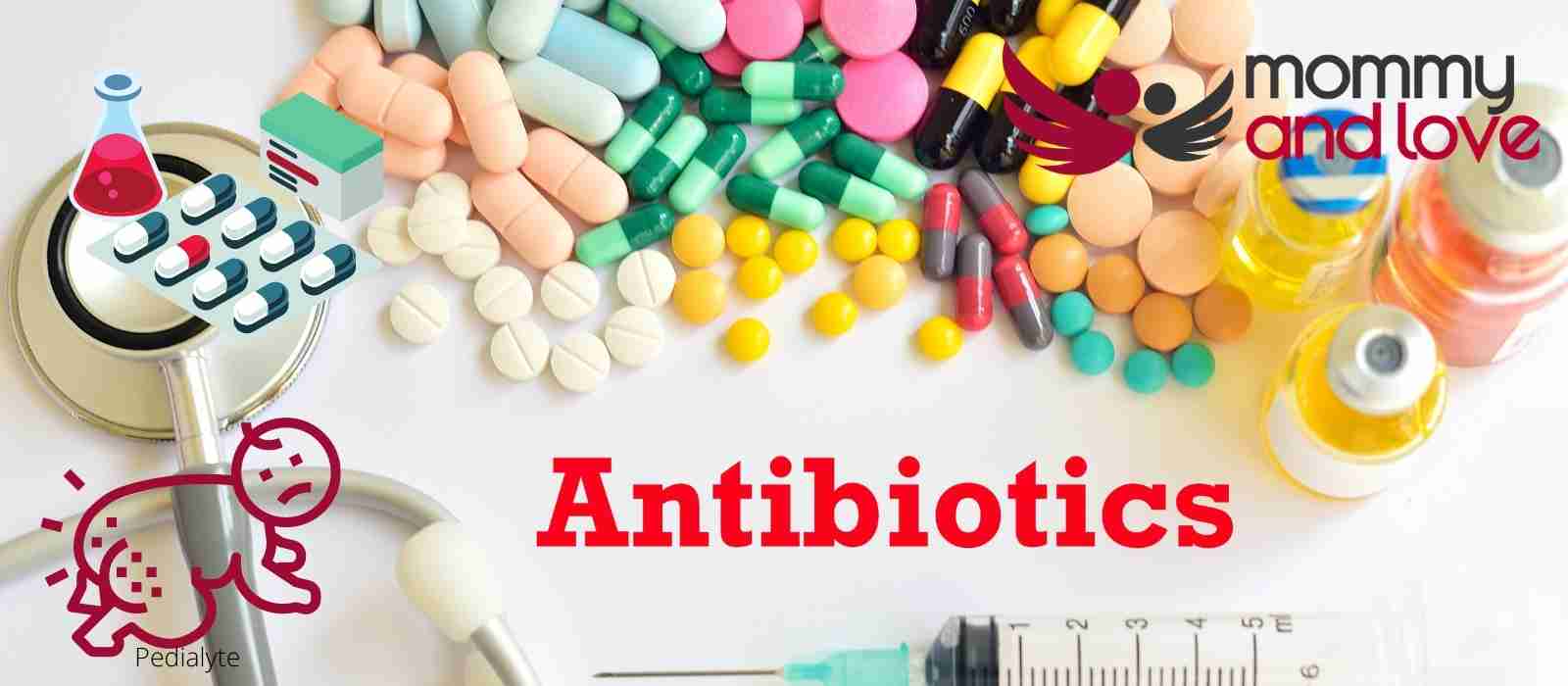There are many questions that parents have when it comes to their children. One of the most common is whether or not certain medications like Cefdinir will cause diaper rash.
In this post, we’ll discuss whether or not cefdinir can cause a rash, and provide some tips on how to prevent this from happening. Keep reading for more information!
What is Cefdinir?
Cefdinir is an antibiotic that belongs to the cephalosporin class. It kills bacteria by inhibiting their growth. This medication is used to treat certain bacterial infections, such as bronchitis, pneumonia, ear infection and infections of the skin, sinuses, throat, and tonsils.
Colds, flu, and other viral infections cannot be treated with antibiotics such as Cefdinir. You increase your risk of developing an infection later that resists antibiotic treatment if you take antibiotics when you do not need them.
Is Cefdinir prescribed for babies?
Yes. Doctors determine the dose based on a patient’s body weight especially for children younger than 6 months old.
What are the common side effects of Cefdinir?
It is possible for some people to experience very bad and sometimes deadly side effects when they take Cefdinir. A severe allergic reaction is always life-threatening.
If your child has any of these signs or symptoms of a serious reaction, tell your doctor immediately or seek immediate medical attention right away. Allergic reactions include the following symptoms:
- Rash and hives
- Unexplained bruising or bleeding
- Itching, blistering and peeling of the skin
- Fever, chills, or sore throat
- Swelling of the mouth, face, lips, tongue, or throat
- Tightness in the throat and trouble breathing
Other symptoms to look out for include:
- Dark urine or yellow skin or eyes
- Difficulty passing urine
- Seizures
- Feeling very tired or weak.
- Persistent diarrhea
These side effects occur either immediately or after a few hours. It is also important to note that Cefdinir can also cause drug interactions. If your child has a medical condition or is taking a prescription medication, tell your healthcare provider before using Cefdinir. It is recommended to call your doctor for medical advice about side effects of taking the medication.
The use of this medication for prolonged or repeated periods might result in bacteria resisting antibiotics in future bacterial infections.
Does Cefdinir cause diaper rash?
Cefdinir is not known to cause a diaper rash. However, side effects of taking this medication include rashes and diarrhea. The rashes are not necessarily diaper rashes but they could happen.
Additionally, diarrhea is one of the leading causes of diaper rashes. So if your baby is having a reaction to Cefdinir, she is most likely to develop a diaper rash.
Yeast infections might also occur weeks after taking the medication. Generally, antibiotics kill both good and bad bacteria. And this leads to yeast overgrowth or a yeast infection.
If you have concerns or questions about the condition or are concerned that your child has an infection caused by yeast, you should contact your doctor. It is often possible to treat such infections by using over-the-counter topical treatments, along with basic diaper care routines.
Here are some of the basic diaper care remedies:
- Applying a thick layer of diaper rash cream at every diaper change prevents further skin irritation. The diaper cream usually contains zinc oxide which is used for rash treatment.
- Give your baby some diaper-free time every day. Despite the possibility of accidents, it’s essential to allow the skin to breathe on occasion. If you put the diaper back on, make sure that it’s not too tightly wrapped.
- Be gentle when cleaning your baby’s bottom. Excessive rubbing could irritate the skin. Alcohol-containing baby wipes should be avoided.
- Bathe your baby with mild products. Pick products that are suitable for their sensitive skin.
- Add one teaspoon of white vinegar to a cup of clean water. Wipe the solution over your baby’s bottom when changing them. With urine that is alkaline, vinegar’s acidity will balance.
- As a breastfeeding mom, you should know that breast milk contains antibodies that can combat diseases without causing inflammation. Breast milk is incredibly powerful. You can use breast milk to treat diaper rash.
The Bottom Line
Many parents want to know if there is a possible connection between Cefdinir and their child getting a diaper rash.
There is not enough conclusive evidence that suggests Cefdinir causes diaper rash. However, since one of the side effects of taking this medication is a rash, it’s important to be aware of this possibility.
If your child develops a rash after taking Cefdinir, be sure to speak with your doctor about it. They can help you determine if the rash is related to the antibiotic or if there might be another cause. If your child is showing severe signs of an allergic reaction, seek emergency medical attention.




